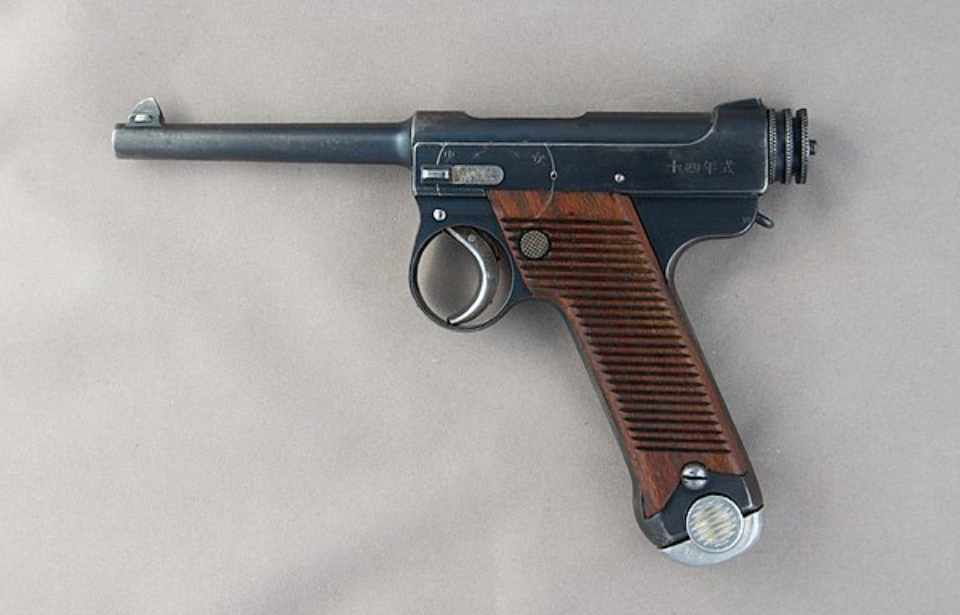During the early 20th century, Japan was committed to enhancing its military capabilities, driven by the desire for international recognition and the imperative need for modernization. In line with this steadfast initiative, the country developed and designed the Nambu pistol, a firearm destined to play a role in both the Second Sino-Japanese War and World War II.
Designing the Nambu pistol
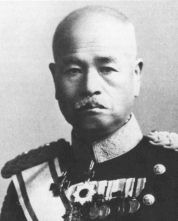
Crafted by the Koishikawa Arsenal, the Type 26 stood as the inaugural modern revolver adopted by the Japanese Imperial Army (IJA), seeing extensive action during the First Sino-Japanese War.
As the 20th century unfolded, semi-automatic pistols gained prominence. Soldier and firearm designer Kijirō Nambu embarked on creating a novel firearm, incorporating the locking mechanism found in the German Mauser C96.
The first iteration of the Nambu pistol, designated the “Type A,” manifested in two versions. The first, affectionately labeled the “Grandpa” Nambu by collectors, bore a resemblance to the Luger and had a limited production run from 1903-06. The second variant, known as the “Papa” Nambu, underwent several modifications, including the addition of an enlarged trigger guard, and offered the option to be fitted with a stock.
Development of the Type B Nambu pistol
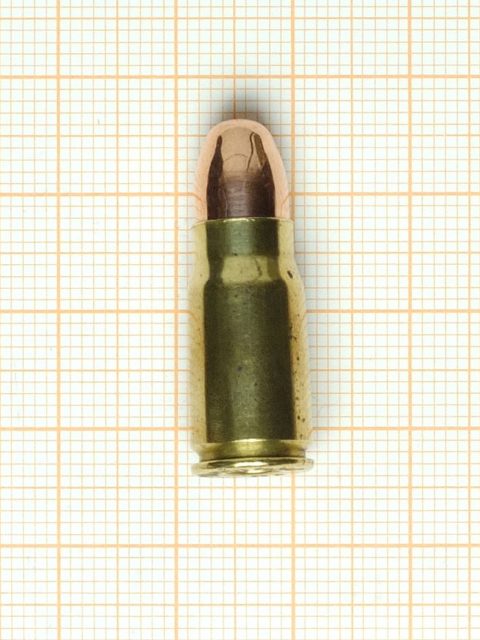
Only 7,000 Type A pistols were produced over its manufacturing period. Given its shortcomings, the Japanese Imperial Army began work on improving the original design. This resulted in the Type B, of which around 6,000 were produced. What made the Type B different from its predecessor was its overall size. Nicknamed the “Baby” Nambu, it was smaller, and featured a magazine made from aluminum and a multiple diameter firing pin.
Traditionally, Japanese military officers were required to purchase their own firearms. The Type B variant of the Nambu pistol was geared toward them. The weapon, however, was prohibitively expensive at 180 yen, which, at the time, was comparable to a captain’s monthly salary.
The Type 14 model was put into mass production
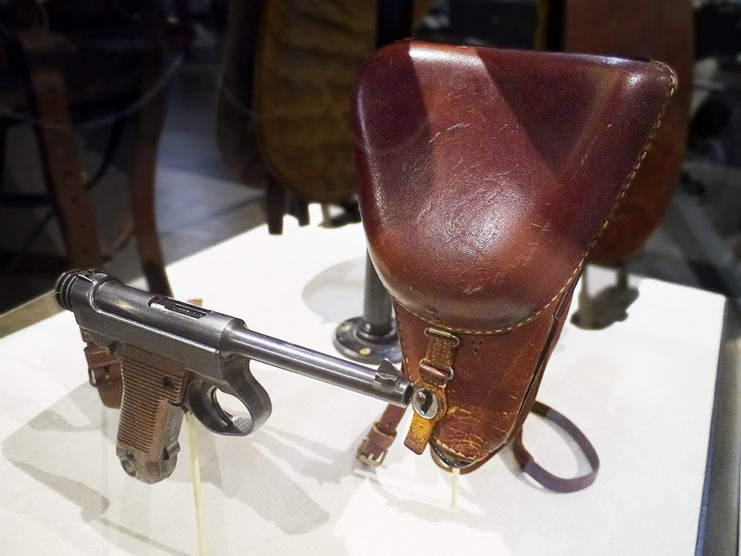
Work on the Type 14 model of the Nambu pistol began in 1926. It was named as such because it went into production during the 14th year of the Taishō period. A recoil-spring, semi-automatic weapon, it fired the 8 x 22 mm Nambu round, which was also used by the Type 100 submachine gun. The barrel’s design was such that only this type of ammunition could be used, making it weaker than similar handguns.
The goal was to produce a weapon that was similar to the Type B, but at a much lower cost. When all was said and done, the new Nambu pistol came in at just 78 yen, making it more accessible to military officers.
The Type 14 went into production and was soon adopted by the Imperial Japanese Army. Over the course of its production period, an estimated 400,000 units were manufactured. However, it’s difficult to ascertain the actual number, as soldiers would often throw away or destroy their guns upon defeat, rather than have them fall into enemy hands.
Use of the Nambu pistol in major conflicts
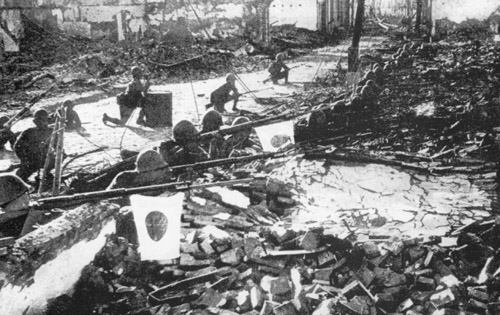
Approximately 4.1 million Japanese soldiers participated in the Second Sino-Japanese War, and an additional six million were engaged in the Pacific Theater during WWII. Throughout this period, the Type 14 Nambu emerged as the most widely utilized service pistol, with numerous servicemen choosing to arm themselves with it.
Due to cost-cutting measures, the Type 14 proved to be less reliable than its predecessors. The magazine presented challenges, as it was difficult to remove when wet or dirty, thereby complicating the reloading process. In an effort to address this, the magazine catch was eliminated.
Another issue involved the trigger guard, which was too small for use with heavy gloves. While not a significant problem in warmer climates, the issue became more pronounced in colder weather.
A popular collector’s item
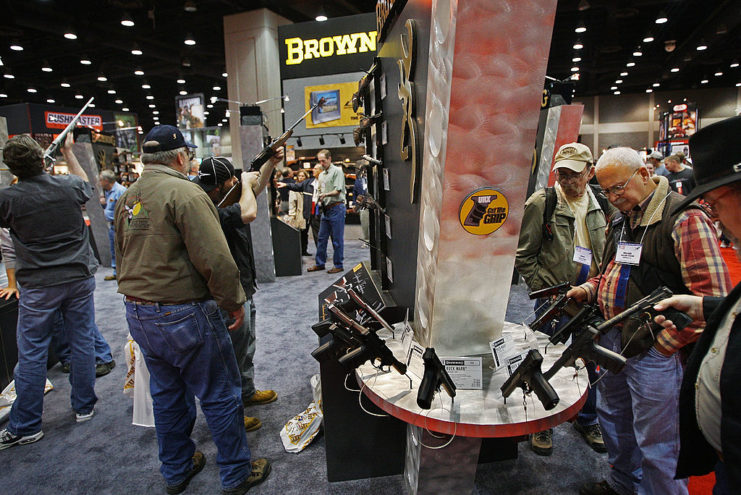
Numerous enthusiasts take pleasure in amassing WWII-era souvenirs, and firearms are certainly no exception. American servicemen, during their deployments abroad, often acquired their adversaries’ firearms and other weapons as mementos. Consequently, a significant quantity of Nambu pistols found their way into the United States.
More from us: The Mosin-Nagant Has Seen Over a Century of Service
As aforementioned, Japanese soldiers had a tendency to render their weapons unusable, rather than leave them intact for their foes. Consequently, while Type 14 Nambu pistols are obtainable for purchase, they come with a substantial price tag, typically ranging between $800-$1,500. The preceding two models command even higher prices in the market.
